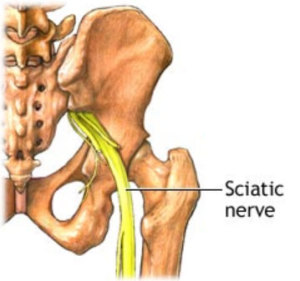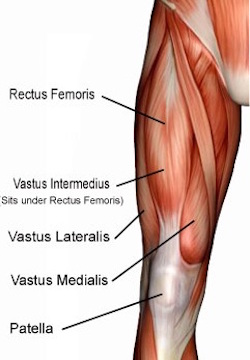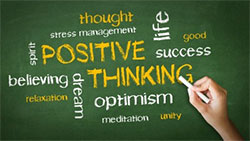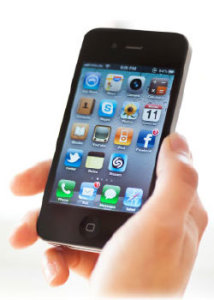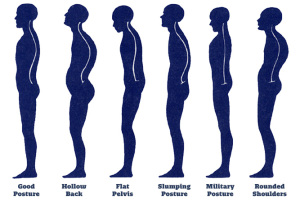 Over time, gravity and bad habits can take their toll on your body and try to declare victory over the structural muscles that keep our bones and muscles aligned. The result is poor posture.
Over time, gravity and bad habits can take their toll on your body and try to declare victory over the structural muscles that keep our bones and muscles aligned. The result is poor posture.
Classic signs of poor posture include rounded shoulders, a jutted chin, a pot belly, bent knees when standing or walking, back pain, muscle fatigue, and headaches. While we can’t fight gravity, we can take control of posture and do things the help keep muscles strong and your body trained for better posture.
1 Know what good posture looks like. Check yourself out in a mirror. Good posture while standing is a straight back, squared shoulders, chin up, chest out, stomach in, feet forward, your hips and knees in a neutral position. If you can draw a straight line from your earlobe through your shoulder, hip, knee, to the middle of your ankle, you’re good!
2 Sit up straight. Your mom was right. Use a chair that offers lower back support and sit all the way back against the back of the chair. Keep both feet on the ground or footrest. Adjust the height so your arms are flexed at 75-90 degrees at the elbow. Use this technique when driving, too! Continue reading “Six Ways to Improve Your Posture”


